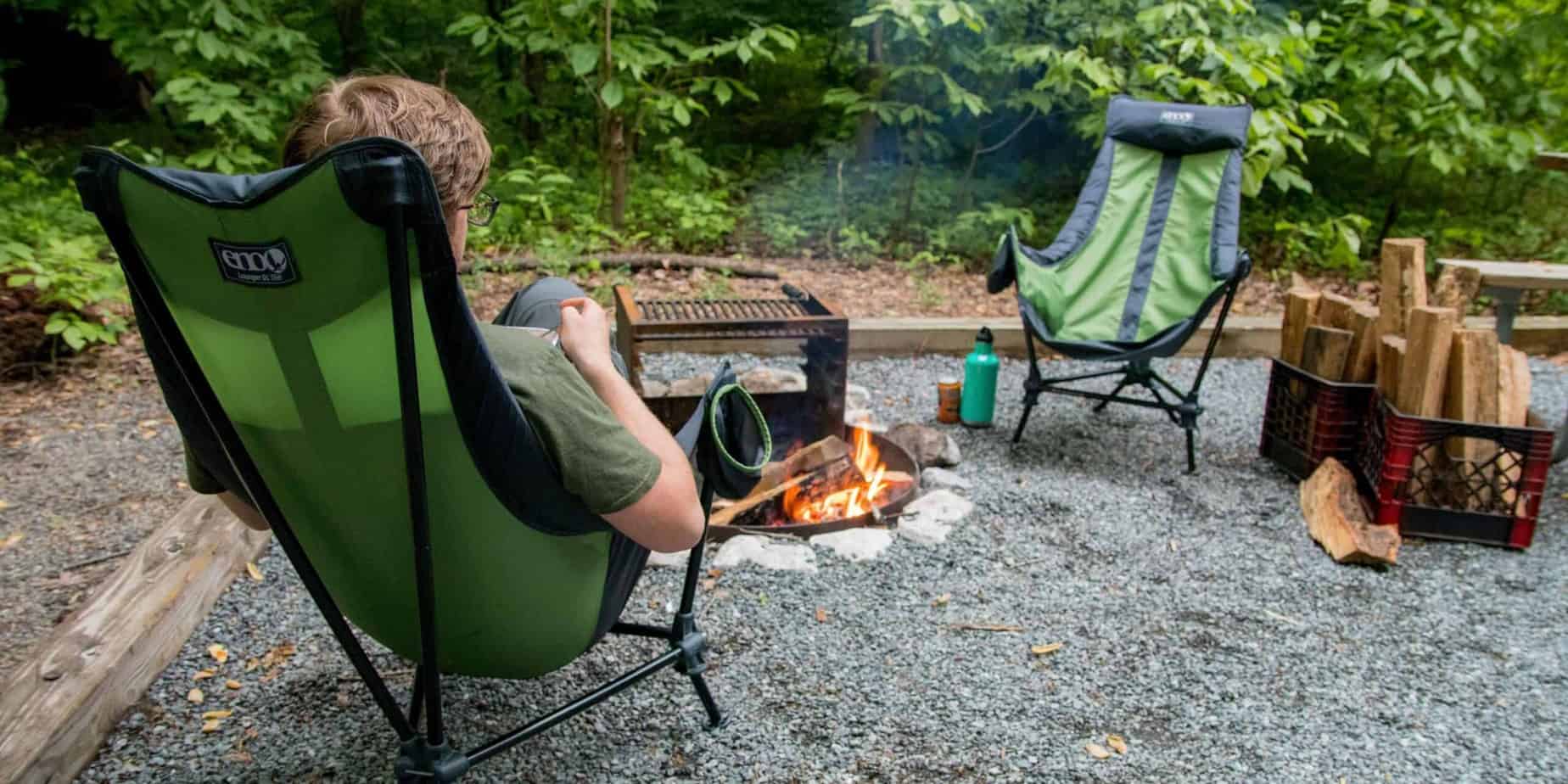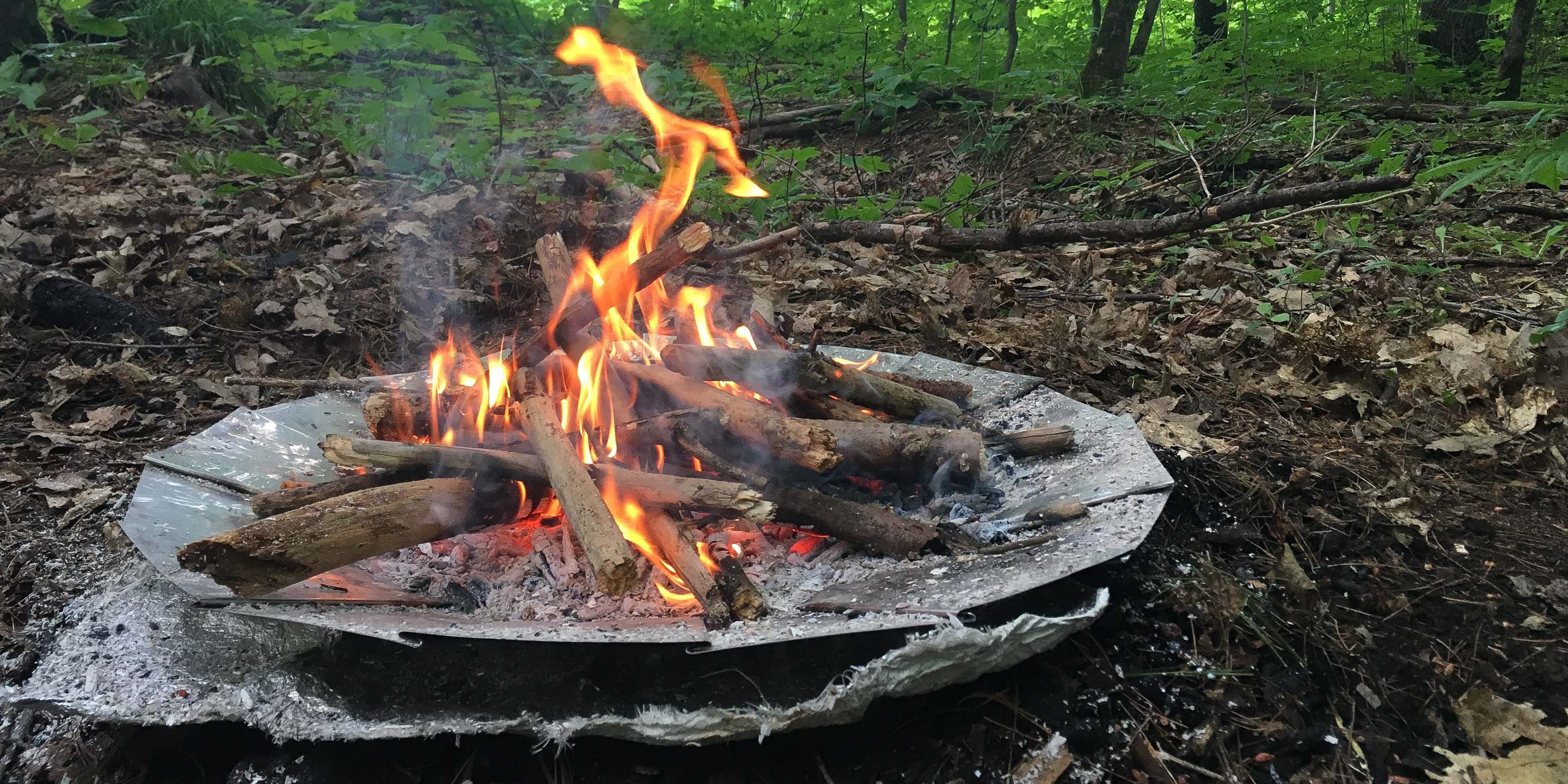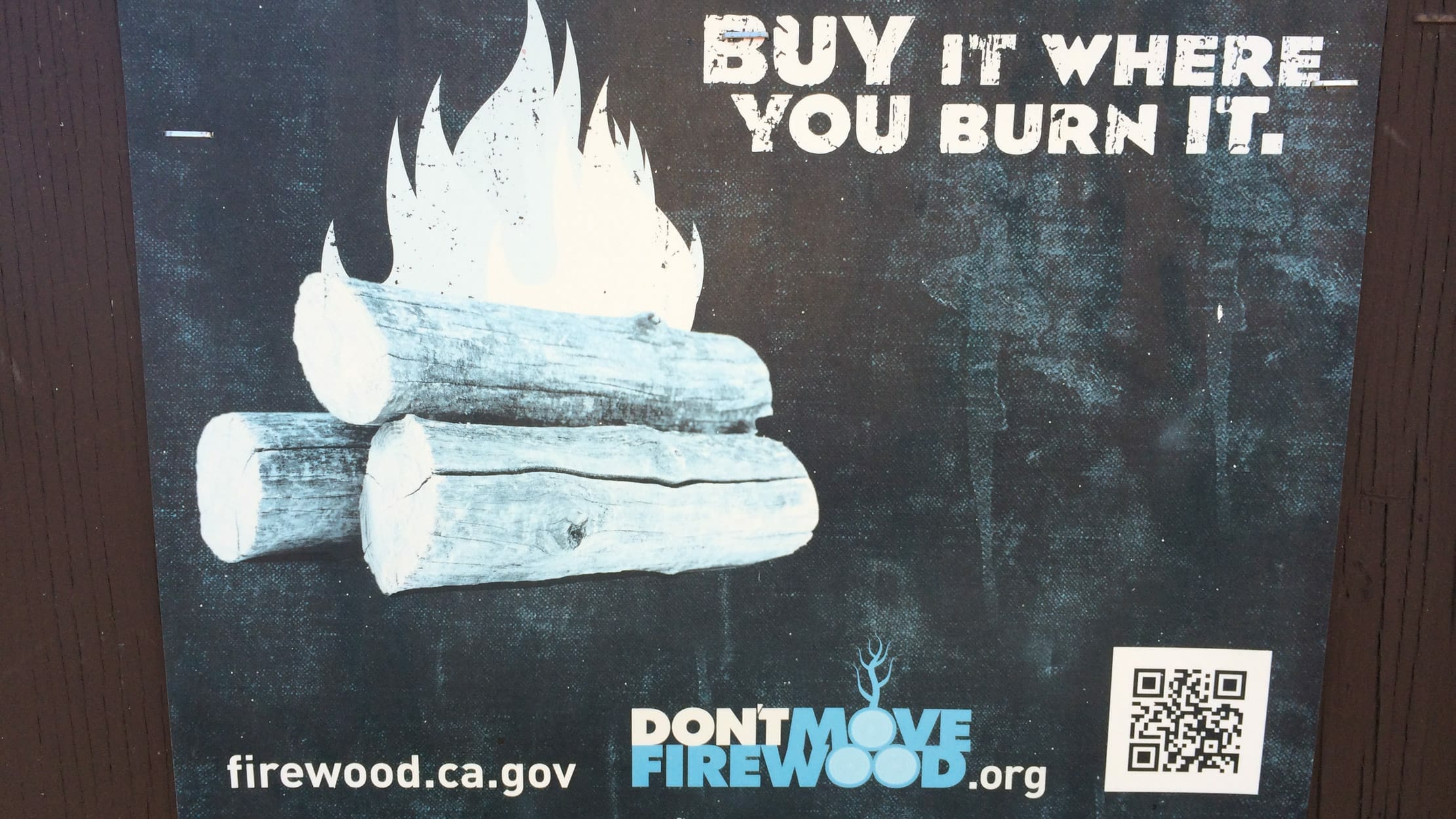
Principle 5: Minimize Campfire Impacts
Fires vs. Stoves: The use of campfires, once a necessity for cooking and warmth, is steeped in history and tradition. Some people would not think of camping without a campfire. Campfire building is also an important skill for every camper. Yet, the natural appearance of many areas has been degraded by the overuse of fires and an increasing demand for firewood. The development of lightweight efficient camp stoves has encouraged a shift away from the traditional fire for cooking. Stoves have become essential equipment for minimum-impact camping. They are fast, flexible and eliminate firewood availability as a concern in campsite selection. Stoves operate in almost any weather condition—and they Leave No Trace.
Should You Build a Fire?
- The most important consideration when deciding to use a fire is the potential damage to the backcountry.
- What is the fire danger for the time of year and the location you have selected?
- Are there administrative restrictions from the agency that manages the area?
- Is there sufficient wood so its removal will not be noticeable?
- Does the harshness of alpine and desert growing conditions for trees and shrubs mean that the regeneration of wood sources cannot keep pace with the demand for firewood?
- Do group members possess the skills to build a campfire that will Leave No Trace?
Lessening Impacts When Campfires Are Used
Camp in areas where wood is abundant if building a fire. Choose not to have a fire in areas where there is little wood at higher elevations, in heavily used areas, or in desert settings. A true Leave No Trace fire shows no evidence of having been constructed.
Existing Fire Rings
The best place to build a fire is within an existing fire ring in a well-placed campsite. Keep the fire small and burning only for the time you are using it. Allow wood to burn completely to ash. Put out fires with water, not dirt. Dirt may not completely extinguish the fire. Avoid building fires next to rock outcrops where the black scars will remain for many years.
Mound Fire
Construction of a mound fire can be accomplished by using simple tools: a garden trowel, large stuff sack and a ground cloth or plastic garbage bag.
To build this type of fire:
Collect mineral soil, sand or gravel from an already disturbed source. The root hole of a toppled tree is one such source. Lay a ground cloth on the fire site and then spread the soil into a circular, flat-topped mound at least 3 to 5 inches thick. The thickness of the mound is critical to insulate the ground below from the heat of the fire. The ground cloth or garbage bag is important only in that it makes cleaning up the fire much easier. The circumference of the mound should be larger than the size of the fire to allow for the spreading of coals. The advantage of the mound fire is that it can be built on flat exposed rock or on an organic surface such as litter, duff or grass.

Fire Pans
A fire pan is another good alternative to a traditional campfire. Metal oil drain pans and some backyard barbecue grills make effective and inexpensive fire pans. The pan should have at least three-inch-high sides. It should be elevated on rocks or lined with mineral soil so the heat does not scorch the ground.
Firewood and Cleanup
- Standing trees, dead or alive, are home to birds and insects, so leave them intact. Fallen trees also provide bird and animal shelter, increase water holding capacity of the soil, and recycle nutrients back into the environment through decomposition.
- Stripping branches from standing or fallen trees detracts from an area’s natural appearance.
- Avoid cutting or breaking branches from standing or downed trees. Dead and down wood burns easily, is easy to collect and leaves less impact.
- Use small pieces of wood, no larger than the diameter of an adult wrist, that can be broken with your hands.
- Gather wood over a wide area away from camp. Use dry driftwood on rivers and seashores.
- Don’t bring firewood from home. Either buy it from a local source or gather it responsibly where allowed.
- Burn all wood to white ash, grind small coals to ash between your gloved hands, thoroughly soak with water, and scatter the remains over a large area away from camp. Ashes may have to be packed out in river corridors.
- Replace soil where you found it when cleaning up a mound or pan fire.
- Scatter unused wood to keep the area as natural looking as possible.
- Pack out any campfire litter. Plastic items and foil-lined wrappers should never be burned in a camp fire.

Safety
- Provide adequate supervision for young people when using stoves or fires.
- Follow all product and safety labels for stoves.
- Use approved containers for fuel.
- Never leave a fire unattended.
- Keep wood and other fuel sources away from fire.
- Thoroughly extinguish all fires.
SOURCE: https://lnt.org/
Sorry, the comment form is closed at this time.



Chwilówka bez sprawdzania baz
Serwis, który jest poświęcony płaszczyźnie wyrobów sugerowanych za sprawą jednostki bankowe, bez ustanku rozbudowuje swą podstawę. Co chwila ujrzeć można aktualne posty, a także porady pomagające żywić trafne wole. Użytkownik bankowy odwiedzający ten portal dowie się, w którym instytucji finansowej warto istotnie założyć konto bankowe osobiste, zaś w jakiej placówce kretytowej korzystny zostanie zobowiązanie. Co więcej rekomendacje realizowane poprzez obeznanych ekspertów wspierają nakierować pod akuratny wytwór monetarny. Z paragrafów warto zostać poinformowanym, hdy nie ma co okazuje się być się sugerować chwytami marketingowymi. Tak by wyczuć satysfakcję oraz zalety płynące spośród podpisanej umowy powinno się zbadać danemu produktowi odrobinę w wyższym stopniu. Bardzo pomocne pod stronie będą uaktualniane porównywarki inwestycyjne. Z racji rankingom, jest dozwolone ocenić, która lokata czy też który to kredyt mieszkaniowy w tym momencie wydaje się rzeczywiście opłacalny. Pożądane byłoby monitorować nowości, które ujrzeć można na portalu. Wtedy wolno przedstawić się jako non stop wraz ze światem finansów, chwilówek, inwestycji jak również wielorakiego rodzaju asekurowań. https://finanero.pl/pozyczki – Chwilówka bez sprawdzania baz.
MonteJeoro
ways to treat erectile dysfunction
Williamimili
ed help ed medications over the counter over the counter erectile dysfunction pills
Williamimili
cialis en espanol cialis usa online brand cialis online pharmacy
Williamimili
prednisone online buy prednisone canadian pharmacy buy prednisone 40 mg
Williamimili
us cialis purchase best price for daily cialis cialis paypal viagra
Williamimili
best drugs for ed prescription drugs without prior prescription buy ed drugs online
Williamimili
natural drugs for ed erection pills that work vitamins for ed
Williamimili
ivermectin bottle ivermectin buy canada cost of stromectol
CharlesMat
ivermectin orally ivermectin, metronidazole ivermectin rx
CharlesMat
gnc ed pills best ed treatment cheap erectile dysfunction pills online
CharlesMat
erection pills online ed pills gnc buy erection pills
CharlesMat
pain medications without a prescription canadian drug comfortis for dogs without vet prescription
CharlesMat
canadian drug cvs prescription prices without insurance best online canadian pharmacy
CharlesMat
finasteride proscar propecia drug propecia prescription online
CharlesMat
mens erection pills new ed pills gnc ed pills
CanadaSip
stromectol pills for humans stromectol price usa prescribing stromectol
CanadaSip
stromectol stromectol for humans for sale stromectol price usa
CanadaSip
pills for ed top ed drugs best ed drug
Michaeltes
viagra tablets for men sildenafil citrate tablets 100 mg price for viagra
Michaeltes
viagra viagra tablets for men viagra
Michaeltes
sildenafil sildenafil 20 mg sildenafil 100 mg lowest price
Michaeltes
stromectol 3 mg tablets price stromectol without a doctor prescription stromectol without a doctor prescription
Michaeltes
generic tadalafil 20mg india lowest price tadalafil best price for daily cialis
Michaeltes
tadalafil best price 20 mg lowest price tadalafil online purchase of tadalafil in india
Jamesinimi
stromectol 12 mg tablets stromectol 12 mg tablets stromectol 12 mg tablets